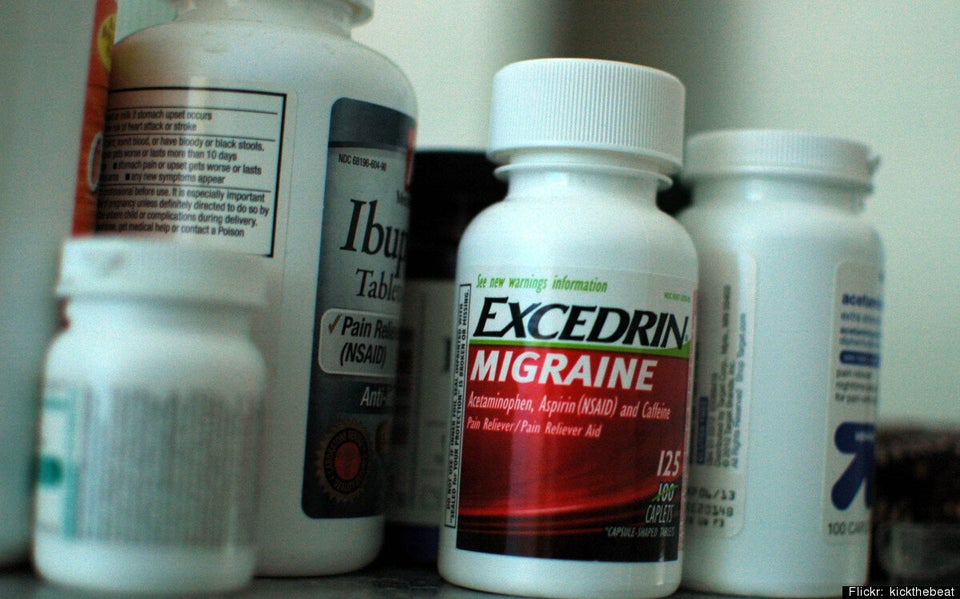
In an earlier post I wrote that Wi-Fi is not a danger to you or your kids and the response on my social media feed was strongly negative. I was bombarded with anecdotes from people who claimed to have become sick, or claimed to know someone who had become sick, after exposure to electromagnetic fields or wireless signals. My response to these people was always the same: it is not the Wi-Fi, it is the "nocebo effect."
What is the "nocebo effect," you ask? To explain, let's start with something everyone has heard of: the "placebo effect".
The placebo effect is a well-documented medical phenomenon where, in the absence of an active ingredient, a "placebo" (often a sugar pill) has the same effect as if an actual pharmaceutical had been used. Research on the placebo effect is both thorough and extensive. In a review article from 2012 over 2,200 studies were identified demonstrating or discussing trials demonstrating the existence of the effect.
Human perceptions are driven by our neurochemistry and human neurochemical responses are understood to vary with mood and perceptions. Interestingly enough even the simple act of smiling can cause a biochemical response improving one's mood. Convince a person with a minor illness that a sugar pill will make them feel better and often it does. This is called the "expectation effect." As everyone knows, the placebo effect does not work on everyone, nor does it work every time. All that is certain is that in as many as one in three people, placebos can affect how people feel.
But let's get back to the "nocebo effect." The nocebo effect is the placebo effect's less attractive younger sibling. While the placebo effect has the ability to help people feel better in the absence of any active ingredients, the nocebo effect has the ability to make a person feel poorly in the absence of any active stimuli. As described in this review paper the nocebo effect is a very real medical phenomenon.
It is important to understand something about the nocebo effect. People who "feel bad" or claim to be "ill" via the nocebo effect are neither lying nor are they fakers. Rather, these people are either associating actual symptoms from other causes to the nocebo or they are having phantom symptoms based on the expectation effect.
There are any number of celebrated examples of the nocebo effect. By far the most entertaining is described in this article from Daily Tech. In that case, a rural community complained about electromagnetic hypersensitivity (EHS) symptoms from radio cell towers even though the radio towers supposedly causing the symptoms had been turned off.
So, what is the basis or my claim that EHS associated with Wi-Fi use is an example of the nocebo effect? That would be the academic literature.
In 2005, Rubin, Munshi and Wessley conducted a systematic review of provocation studies on EHS. Their conclusion:
The symptoms described by "electromagnetic hypersensitivity" sufferers can be severe and are sometimes disabling. However, it has proved difficult to show under blind conditions that exposure to EMF can trigger these symptoms. This suggests that "electromagnetic hypersensitivity" is unrelated to the presence of EMF, although more research into this phenomenon is required.
In 2007, Oftedal et. al. conducted a trial on the possible health effects from mobile phones. Their conclusion:
The study gave no evidence that RF fields from mobile phones may cause head pain or discomfort or influence physiological variables. The most likely reason for the symptoms is a nocebo effect.
In 2008, Roosli conducted a systematic review on radiofrequency electromagnetic field exposure and non-specific symptoms of ill health. His conclusion:
This review showed that the large majority of individuals who claims to be able to detect low level RF-EMF are not able to do so under double-blind conditions. If such individuals exist, they represent a small minority and have not been identified yet. The available observational studies do not allow differentiating between biophysical from EMF and nocebo effects.
In 2010 Rubin, Nieto-Hernandez and Wessley carried out an updated systematic review of provocation studies on idiopathic environmental intolerance attributed to electromagnetic fields (formerly "electromagnetic hypersensitivity"). Their conclusion:
No robust evidence could be found to support this theory. However, the studies included in the review did support the role of the nocebo effect in triggering acute symptoms in IEI-EMF sufferers. Despite the conviction of IEI-EMF sufferers that their symptoms are triggered by exposure to electromagnetic fields, repeated experiments have been unable to replicate this phenomenon under controlled conditions.
I could provide more examples, but instead I will simply point out that the academic literature is essentially unanimous on the subject. It is not the Wi-Fi that is causing your or your children's headaches, it is the nocebo effect.
MORE ON HUFFPOST:
